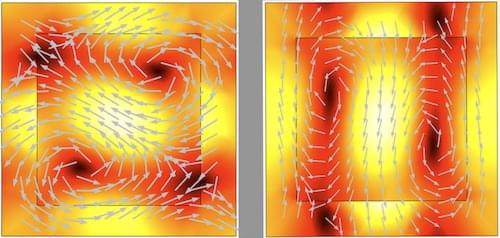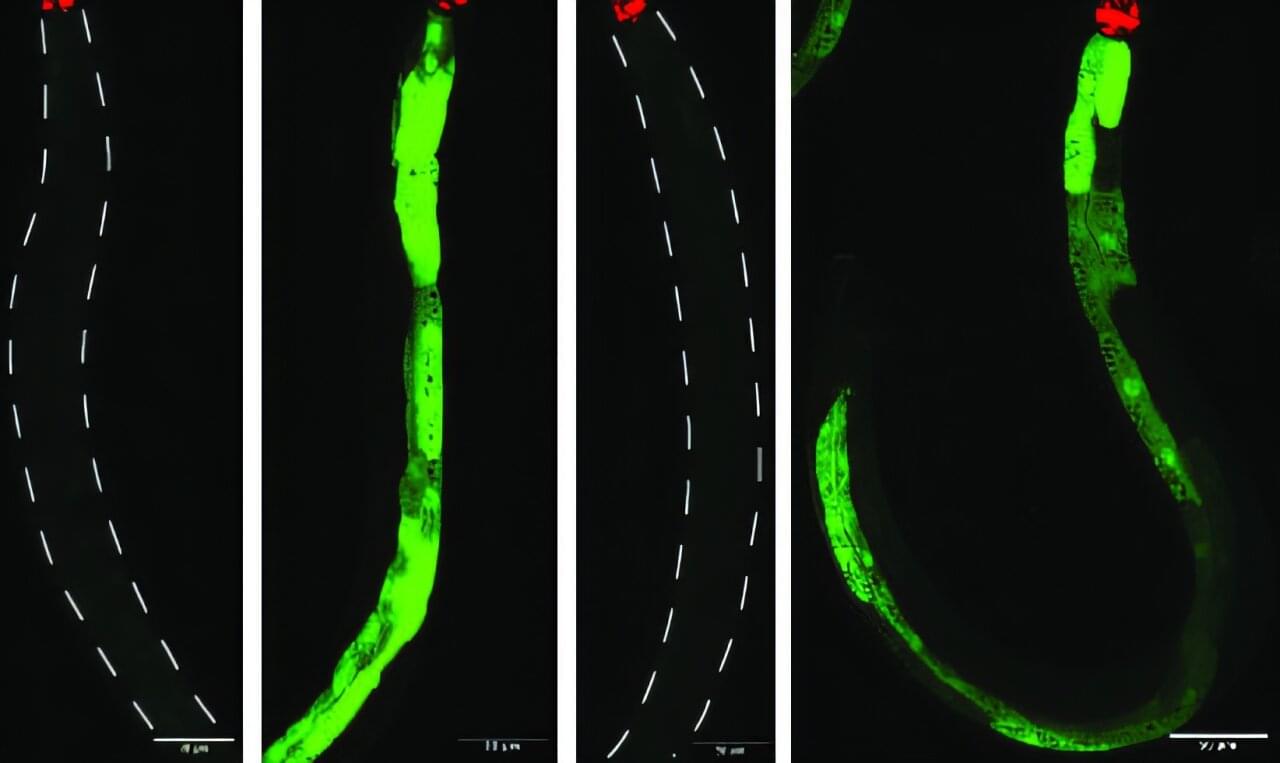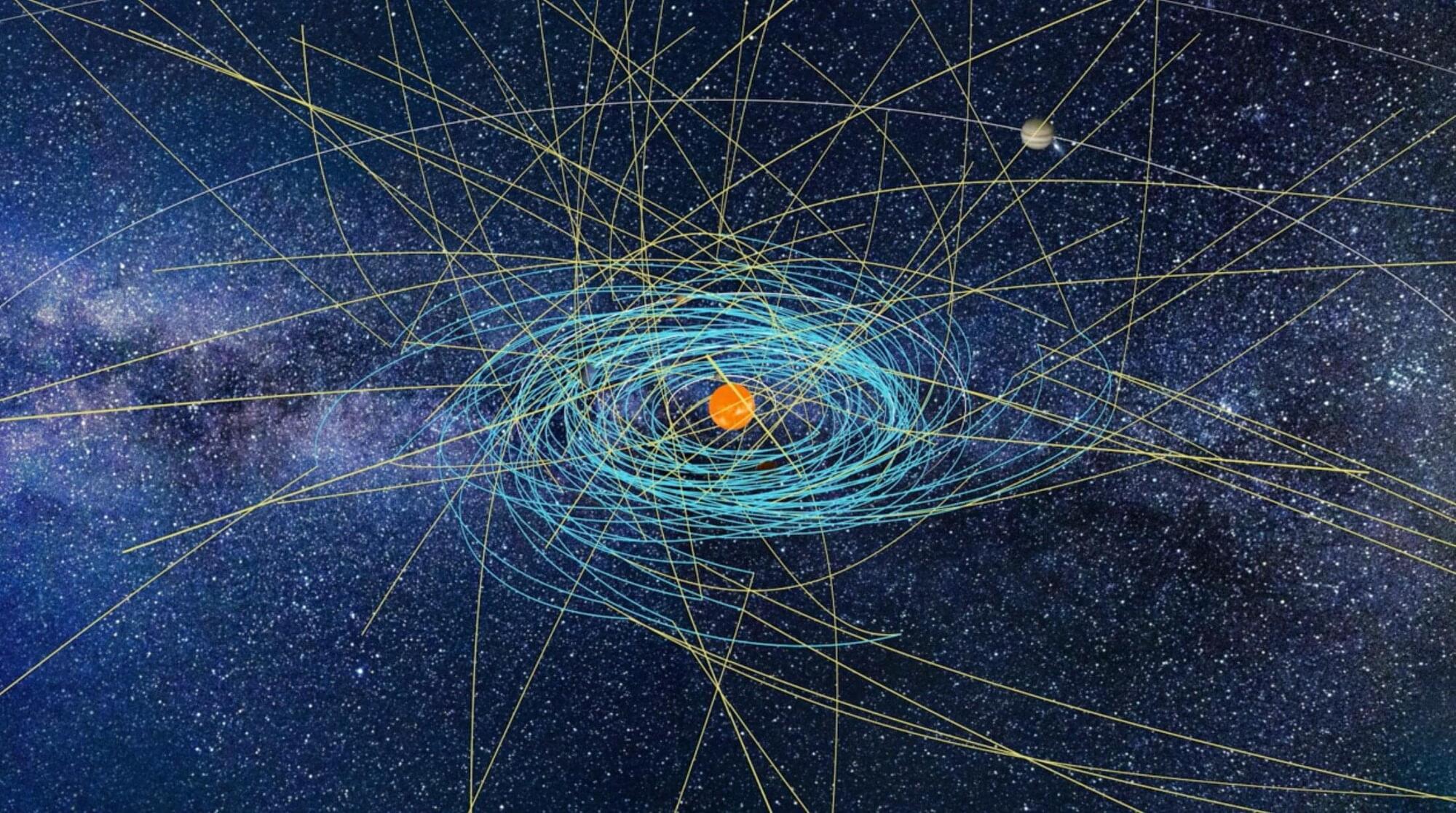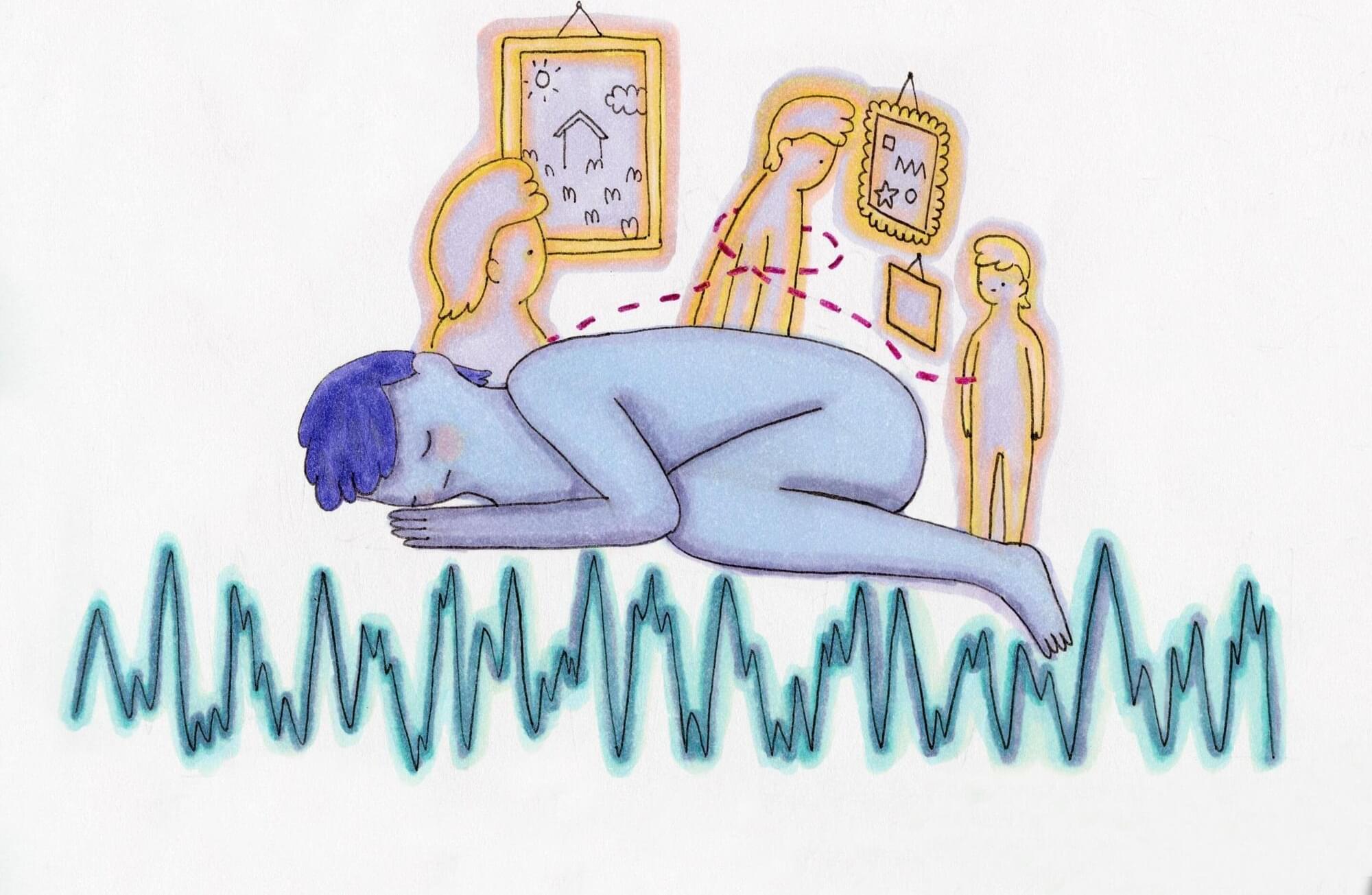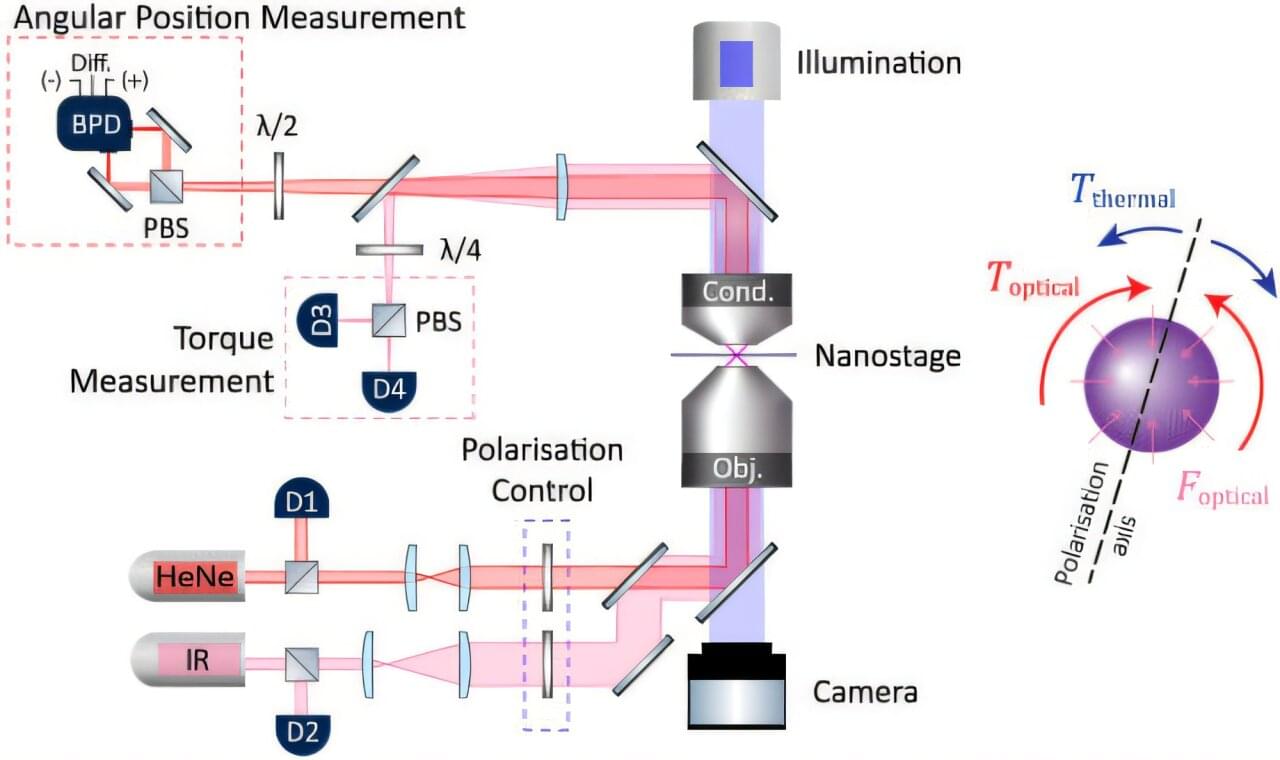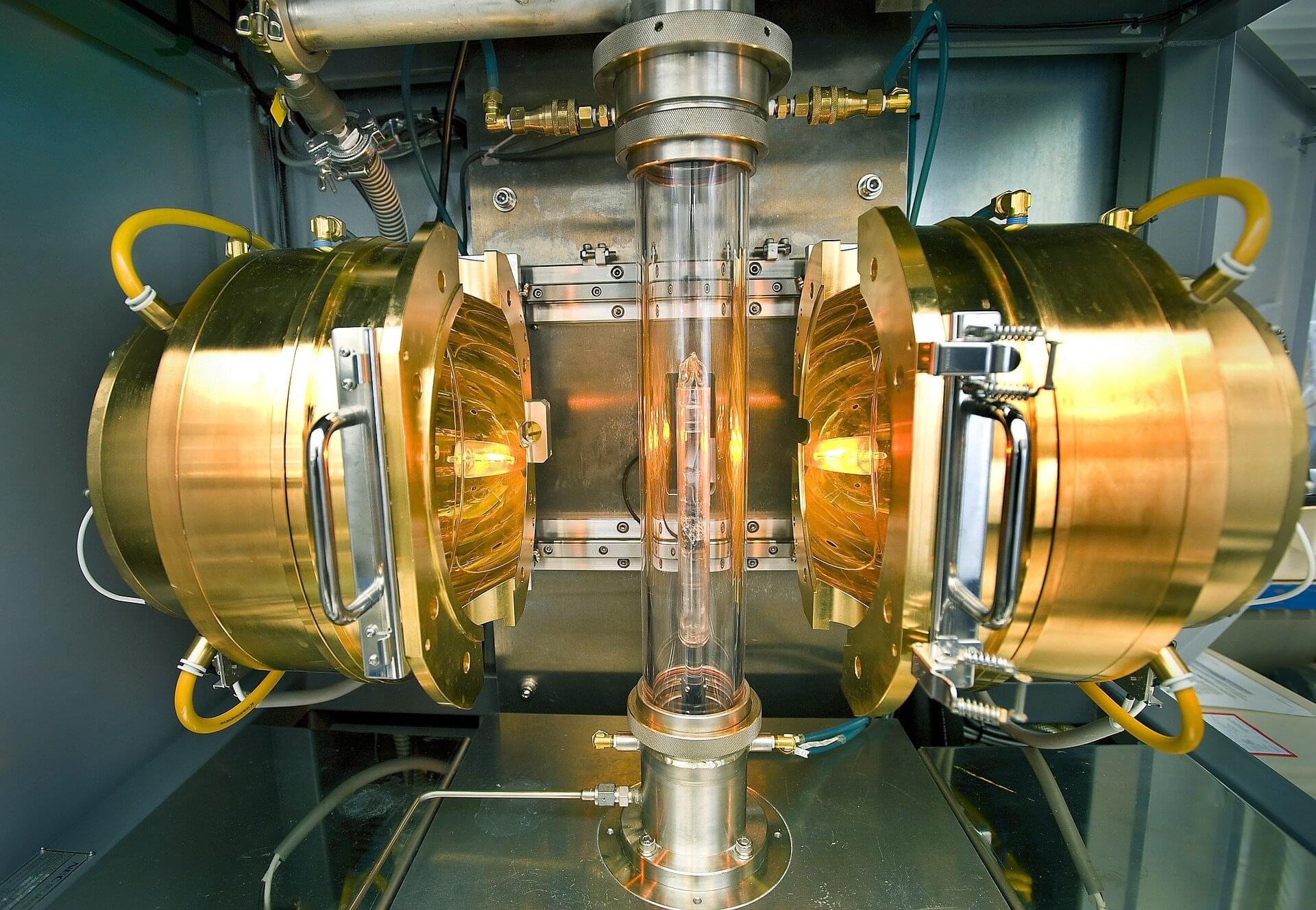Experiments support a controversial proposal to generate electricity from our planet’s rotation by using a device that interacts with Earth’s magnetic field.
“It seems crazy,” says Chris Chyba of Princeton University, talking about the hollow magnetic cylinder he has built to generate electricity using Earth’s magnetic field. The cylinder doesn’t move—at least not in the lab—but it rotates with the planet and is thus dragged through Earth’s magnetic field. “It has a whiff of a perpetual motion machine,” Chyba says, but his calculations show that the harvested energy comes from the planet’s rotational energy. He and his colleagues now report that 18 microvolts (µV) are generated across the cylinder when it is held perpendicular to Earth’s field [1]. Next they have to convince other scientists that the effect is real.
Chyba became interested in electricity generation about a decade ago while studying a possible warming mechanism in moons moving through a planet’s magnetic field. He wondered if a similar effect might occur for objects on Earth’s surface.

